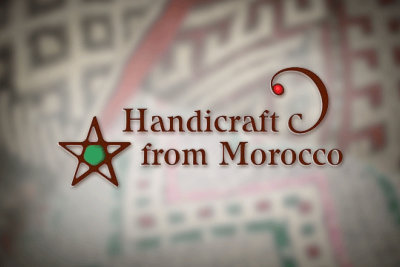
The art of clothing
Poised between different cultures, fairy-fingered artisan: weavers, braiders, soft furnishing manufactures, dress makers, and designers have endlessly intertwined threads and created caftans, kmiss, gandouras, djellabas, serouals, and selhams…So many women have strenuously been working on embroidery hoops and so many men have contributed to the glory on these garments, with names indicatives of Andalusian music. With passion and patience they have sown haute couture caftans. The caftan: Keen for affirmation and emancipation, Moroccan women have been able to adapt two originally male dresses, as was the djellaba. They have embellished it much more feminine. Caftans have evolved and have increasingly become more flowing, diverse, light and even sensual. The inspiration of stylist gave new impetus to the caftan as they have experimented superposed layers and materials gold, silver, or silk embroideries (Sfifa, kitane) and thread-made buttons (akad) highlight and sublimate the lines. The dragons and peacocks embroidered in Azemmour have granted them added glamour. Brocade or embroidered belts from Fez, sometimes as wide as a corset, perfectly down the waist, while the babouches “Belgha” or “charbil” enhances these celebration garments.
The Djellaba
This light garment is in hand woven materials such as the bzou and the saissi. The very soft fabric gives height and slenderness to women and men alike. Sabra style babouches are some of the models proposed in Marrakech. They draw their essence from all the variations of the traditional dress and cover the whole range of trends. They add to the magnificence of an art in full bloom.
The matter of our souls
The saissi, silk, ouazzani (hebba)…. Fabrics set the tone and are used for tailoring classic or more electric and extremely ravishing outfits.



